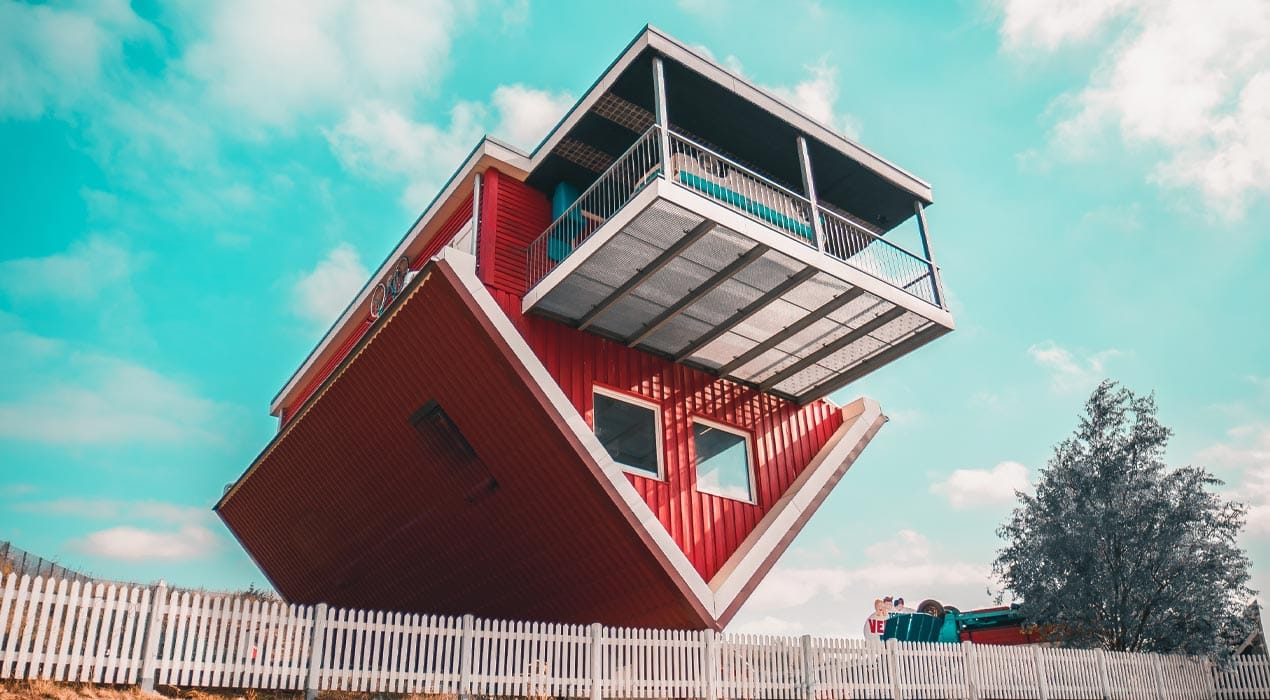
There’s another big headline playing out in the housing market right now – and it’s not about interest rates.
In recent weeks, we’ve seen more and more commentary suggesting that after a massive 18 months of falls, house prices have finally hit more sustainable levels.
In other words, we’ve hit the bottom of the market.
Are house prices where they need to be?
As a rule of thumb, the cost of replacing a new house should be roughly similar to the cost of buying an existing one.
That won’t always be the case, of course, because shifts in things like interest rates, immigration, consenting processes and land supply can have a massive short-term impact on supply and demand.
But generally speaking, if we track changes in house prices against those in construction costs, it gives us a useful gauge of whether the two are behaving as they should.
Just last week, CoreLogic released the Cordell Construction Cost Index.
The index dates back to 2013, and tracks the cost to build a ‘standard’ home – defined as a single-storey, three-bedroom, two-bathroom, brick-and-tile house – including all labour, materials and equipment hire.
What does the construction cost index tell us?
Well, it depends.
The graphs below track the change in the construction cost index against that in the house price index, to give you a sense of relative movements. Bear in mind we’re looking at the percentage change in costs here, not a hard dollar figure.
Whichever way you look at it, one thing is clear: growth in house prices massively outstripped growth in construction costs in the post-COVID low interest rate environment.
But what the index tells us about house prices – and whether they’re tracking as they should – depends on how you look at things.
Looking at the numbers alone, house prices appear to be well out of whack.
If you look right back to March 2013 as a base (when the index began), you’ll see that house prices have grown over a third more than construction costs.
Data source: CoreLogic
But if we consider the context, it’s a different story.
The cost data we have up to 2016 is actually skewed by some pretty unusual stuff that was going on in the housing market, in the wake of the GFC.
Post-GFC (2008) there was a five-year period during which residential building was extremely low, with new building consents sitting at around 14,000 per year, compared to 46,000 more recently.
As the New Zealand economy recovered, low levels of construction and increased immigration worked together to drive house prices up massively – with demand exceeding supply.
It took a while, but new building gradually recovered, and it was from about 2017 that things came back into balance.
So, if we instead use December 2016 figures as the baseline…
Changes in house prices and construction costs tracked pretty closely up until late 2020, then diverged by about 25% as interest rates plunged in the wake of the pandemic – and now that house prices have recalibrated, they’re back in line again.
Data source: CoreLogic
So…are house prices too high? Or are they fair?
My view is very much the latter.
In addition to the compelling story told by that second graph, the anecdotal feedback I’m hearing from property developers is that, now land prices have fallen, their development costs – including sales margins – are now broadly in line with the sale price of new builds.
In releasing the latest data, CoreLogic commented:
On balance, it wouldn’t be a surprise to see the quarterly rate of change in the Construction Cost Index continue in the vicinity of 0.5% for the rest of 2023, meaning that the annual change could be below 3% by the end of the year. To be fair, new-builds probably won’t get cheaper. But at least from a buyer’s perspective the cost won’t be rising so quickly either.
In short, construction costs are likely to increase modestly from here. As a reference point, over the last decade they’ve increased by about 4.5% each year, on average.
And although, right now, the 15-year high in home loan interest rates is dampening buyer demand, as interest rates start to fall over the next year or so, we’ll see demand return.
As long as housing supply and demand remain broadly in balance, that means house prices should increase modestly over the medium term as well – in line with construction costs.
The biggest risk here is if new-build volumes plunge, but with the help of incentives (such as tax advantages) for people looking to invest in new-build properties, developers should have a good degree of confidence to keep bringing forward new projects.
The final word on the matter goes to the Reserve Bank Monetary Policy Committee.
The Committee delivered its verdict on house prices as part of its Official Cash Rate (OCR) announcement last week, noting that “the outlook for the housing market has become more balanced” of late – and that “after recent falls, house prices are now around sustainable levels”. Finally.
So are house prices “fair” right now? It certainly appears so.
Are you thinking about buying?
We have a team of mortgage and property experts ready to help. Give us a call on 0800 21 22 30 or flick us a message here.
If you're ready to get started, you can submit your online application here.
